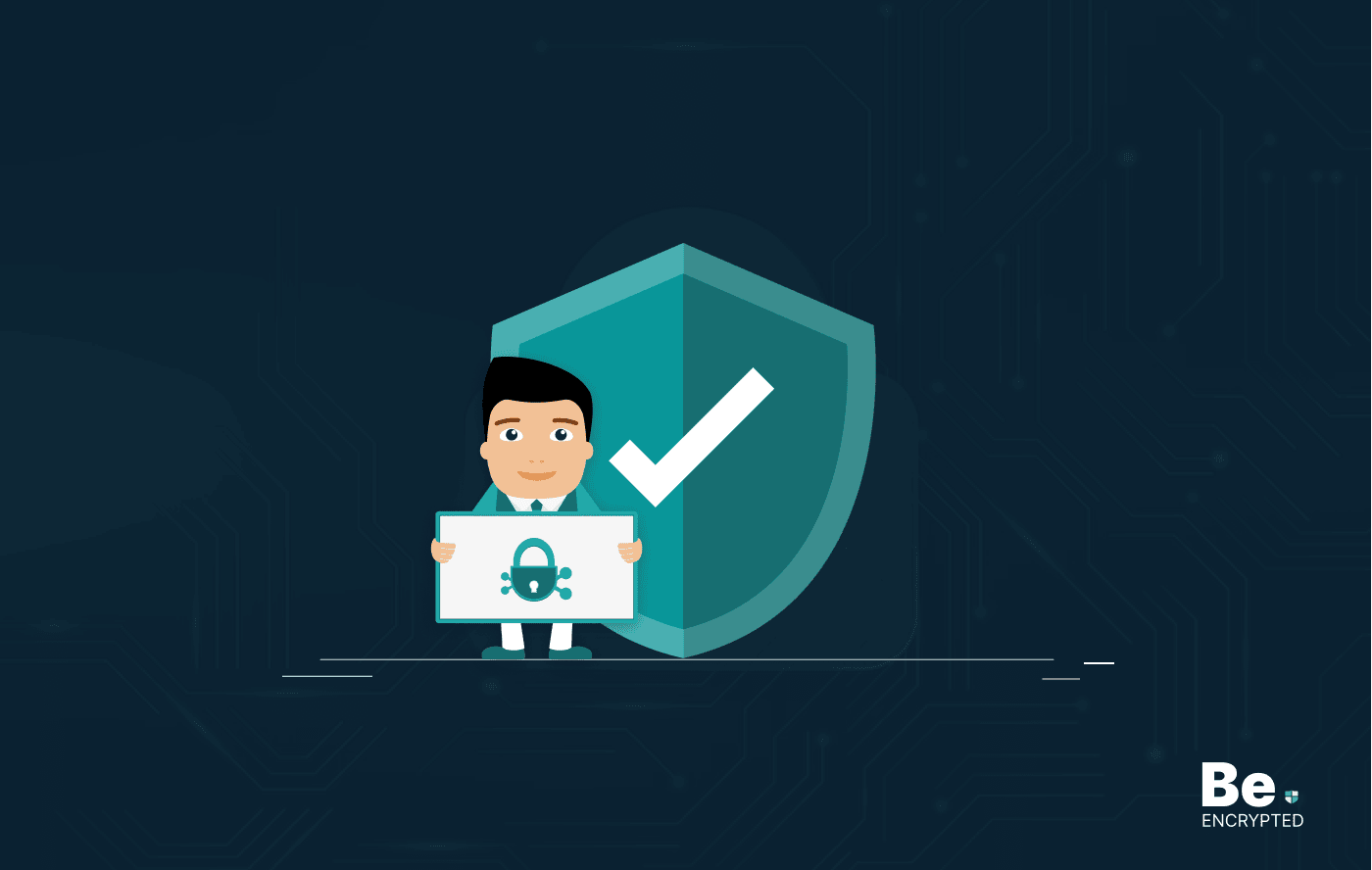Many businesses have preferred the Zero-Trust model in recent years, and it is gaining popularity daily. In 2021, 37% of respondents to a recent survey indicated that increased security and compliance agility is an advantage of zero-trust.
In addition, increased threat detection and remediation speed and better protection of customer data are benefits. This article examines what makes Zero Trust an indispensable part of your network. So, continue reading to learn more about it.
What is the Zero Trust Approach?
Zero Trust is a security model that includes a coordinated cybersecurity and system management strategy and a set of system design principles based on the assumption that those who can threaten your cybersecurity are inside and outside the traditional network boundaries.
In this approach, users are repeatedly checked for propositions considered secure based on their location on the network, regardless of the attributes of devices and network components. This comprehensive security monitoring is system security automation that incorporates all aspects of existing infrastructure in a coordinated fashion. It focuses on protecting assets, especially critical assets such as data, in real time within dynamic threat environments with granular, dynamic, and risk-based access controls.
Thanks to this data-centric security model, it is possible to apply the concept of access with the least authority to all access decisions where answers to the questions of who, what, when, where, and how are critical for appropriate acceptance or denial of access to resources.
How to adopt the zero-trust model to your network
Below are the requirements to adopt the Zero Trust Network approach to your network:
- Having coordinated system monitoring, system management, and defensive operation capabilities
- Assuming that all devices and infrastructure can be compromised
- Presuming login requests to critical resources and all network traffic are likely to be malicious
- Acknowledging that all access approvals to your system are risky, assessing damage quickly, and being prepared in advance to perform control and recovery operations
Operational capabilities to adopt Zero Trust network security provider principles
Below are the operational capabilities required to adopt Zero Trust network security provider principles:
- Most importantly. “Never trust; always verify.” Never trust any user, device, app, or data stream. Thanks to dynamic security policies, authenticate each access request and grant authorization with the fewest privileges required.
- The approach requires assuming the probability of infringement. Consciously exploit resources and go on the defensive, assuming the enemy already exists in your network. Examine all users, devices, data streams, and access requests in detail. Log, audit, and continuously monitor all configuration changes, resource accesses, and network traffic for suspicious activity attempts.
- Verify explicitly. Access to all resources should be consistent and secure, using multiple attributes (dynamic and static) to raise confidence when making case-by-case resource access decisions.
What if you are new to Zero Trust Security?
Get started by adapting the Zero Trust approach to your network. Determine the amount of your existing investments. Prioritize projects and integrations. Work with Zero Trust cybersecurity experts to co-create a modern and open approach to security with a Zero Trust approach.
What needs to be done to develop and strengthen Zero Trust strategies?
- Derive Zero Trust architecture from organization-specific mission requirements that define critical data, assets, applications, and services.
- Design from the inside out. First, focus on protecting critical data as a service. Second, secure all paths to access them.
- Decide “who and what” needs to access the systems in your network to create access control policies. Establish Zero Security policies and enforce them consistently and consistently across all environments.
- Audit and log all traffic before taking action.
- Establish complete visibility into activity at all layers, from endpoints to the network structure, to initiate “analytical” activity that can detect suspicious activity.
What should you do to protect your network permissions?
Documenting as many activities around your environment as possible makes Zero Trust effective. By occasionally applying for extra access permissions, your administrators can use data to enhance your Zero Trust network security, which provides empowerment.
You can easily incorporate this model into your strategies. One of the challenges companies face when implementing Zero Trust is putting more effort into getting to the point where their security setup can defend against any kind of attack.
It ensures that your most critical data and most important resources are accessible only to trusted individuals and that no one else can.
Share this article
About the Author
Waqas is a cybersecurity journalist and writer who has a knack for writing technology and online privacy-focused articles. He strives to help achieve a secure online environment and is skilled in writing topics related to cybersecurity, AI, DevOps, Cloud security, and a lot more. As seen in: Computer.org, Nordic APIs, Infosecinstitute.com, Tripwire.com, and VentureBeat.
More from Iam WaqasRelated Posts

19 Best Vulnerability Management Software or Tools in 2024
KEY TAKEAWAYS Vulnerability management tools scan and detect weaknesses within the network that hac...

How to Detect, Identify and Fix Packet Loss with Best Tools
KEY TAKEAWAYS Packet loss reduces the speed and amount of data that flows through the network. This ...

15 Best Network Security Software – Top Pick Of Organizations
KEY TAKEAWAYS Network security software keeps the data secure and blocks malicious or potentially vu...

15 Best Virtual Machine Software for Windows in 2024
KEY TAKEAWAYS Virtual machine software is a vital tool for developers to deploy VM software to test ...

What is Software Deployment: Risks and Best Practices
KEY TAKEAWAYS Software deployment is facing various security risks amidst the advancements in the in...

Building Encryption into the Network Fabric with SASE
A network fabric is a mesh of connections between network devices such as access points, switches, a...


